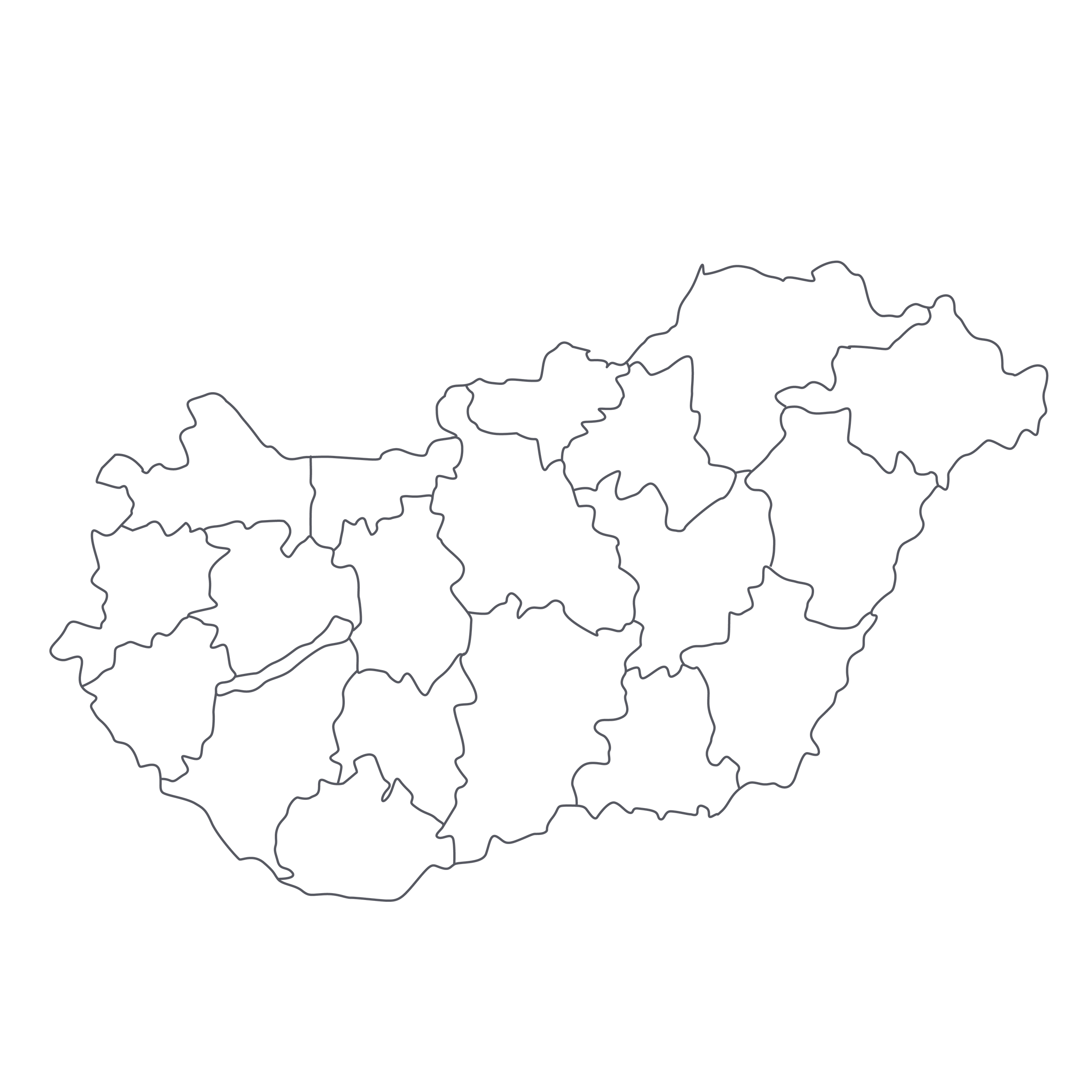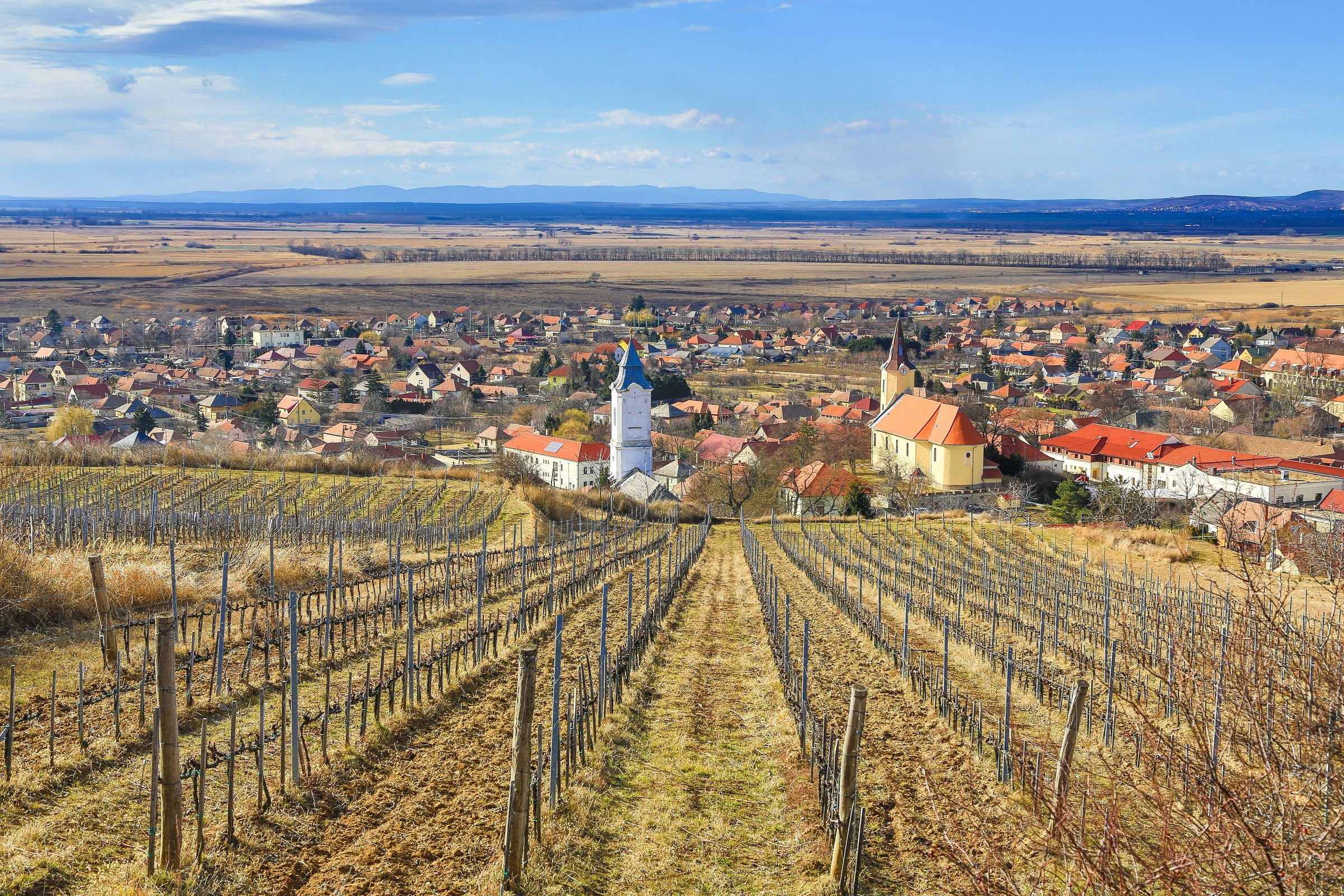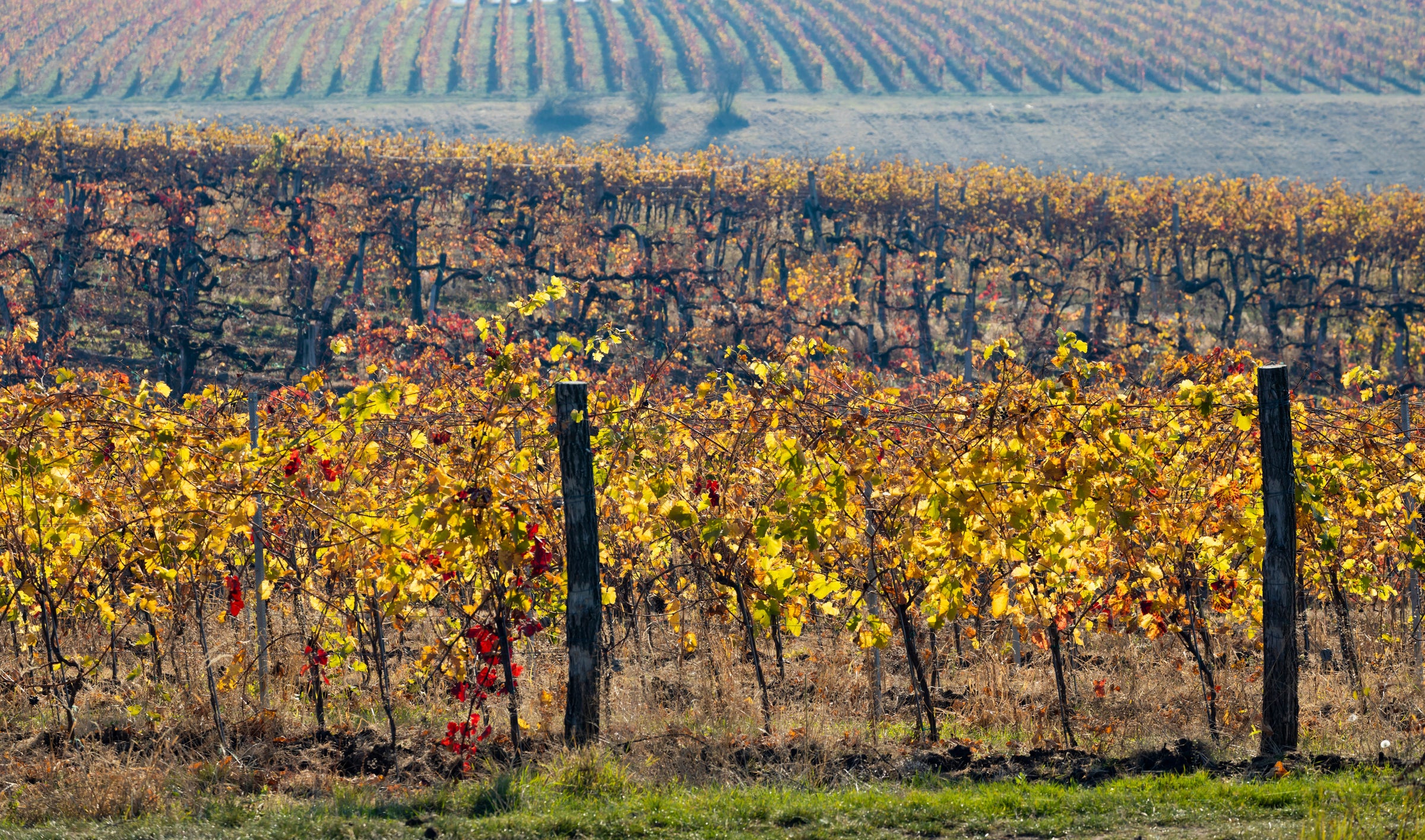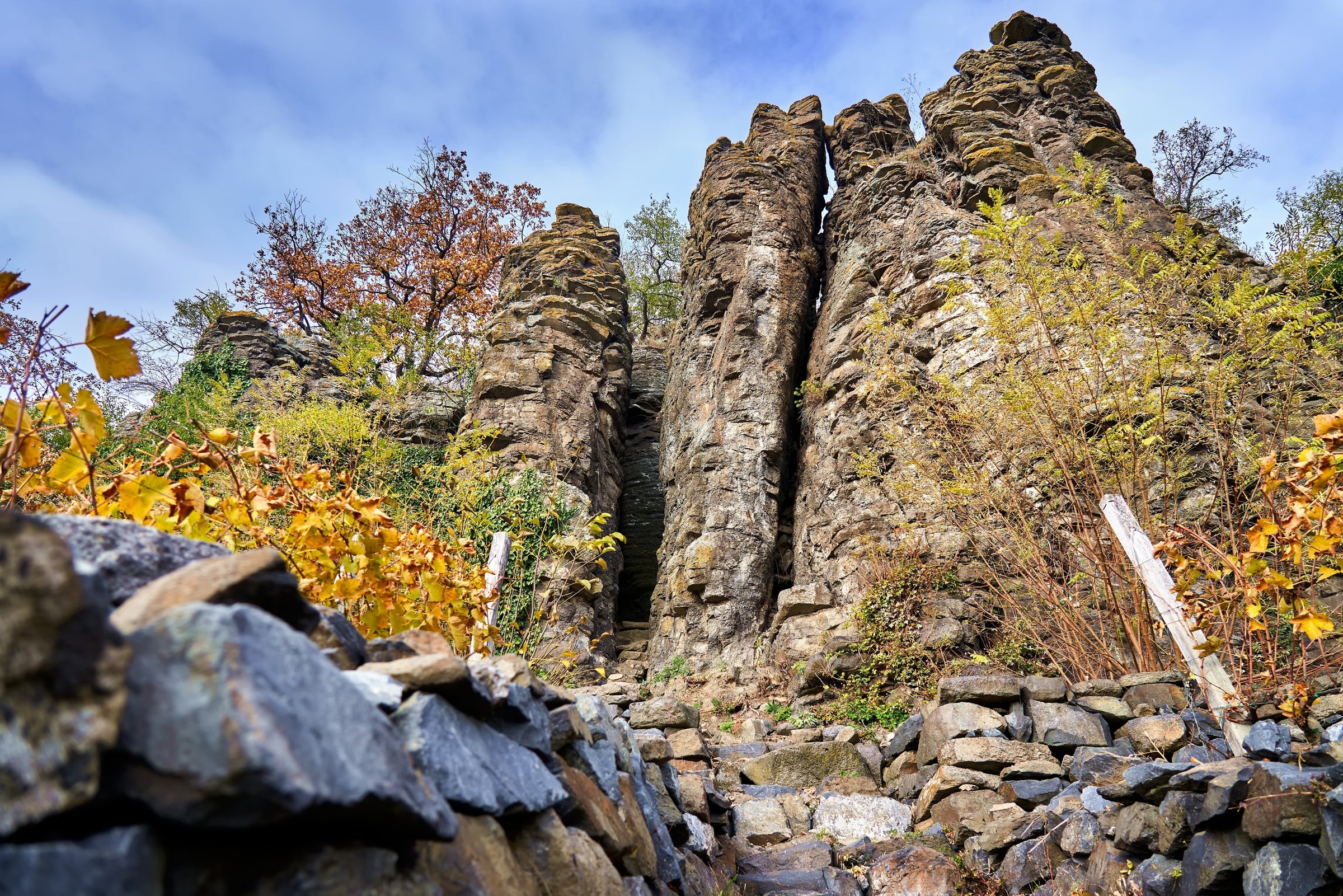Today’s offer is not, I repeat, not an exercise in esoterica. We’re deeply fascinated by the emergent Hungarian wine scene, and we’d offer them as frequently as white Burgundy if quantities allowed it. Our own trumpeting aside, Hungary has enjoyed a tremendous renaissance over the past two decades, particularly in Tokaj, where dedicated winemakers like Stéphanie Berecz are leading the charge. Most notably, vintners have revived the fabled nectar of Tokaji Aszú, but the region’s dry wines have equally dazzled wine lovers across the globe.
Estates like Kikelet are fashioning sophisticated, barrel-aged Furmint bottlings that can compete with—and sometimes eclipse—Europe’s all-time classics. Fans of Anjou Blanc, Premier Cru Chablis, and Wachau whites would be wise to pay attention to the wines here. Besides the obvious analogs in style, texture, and fruit, the affordable prices are simply impossible to ignore. Really, the only drawback is that Hungarian wines tend to be produced in small quantities, like today’s 2019 “Birtok,” which clocks in around 200 total cases. Trust me when I say Kikelet’s output will never exceed demand!
In some ways, the history of Kikelet and Stéphanie Berecz is the story of modern Hungarian wine. This Loire Valley native, who recently graduated from a winemaking program in Bordeaux, came to Tokaj in the early 1990s just a few years after the fall of Communism. She quickly became enamored with the region, joining the avant-garde wave of producers intent on reviving Tokaj’s wine industry to its previous glory. She soon found a second love, her husband Zsolt, and the couple founded Kikelet in 2002. They set up shop in a 200-year-old family cellar in the hamlet of Tarcal, at the Southern edge of the appellation.
Here, even in the context of the world’s oldest system of vineyard classification (1730), Stéphanie is working with some of the most favored sites in antiquity, plots that were named and demarcated in the 1500s! Wines from the area have a reputation of elegance, and this is an undeniable throughline for the Kikelet range, whether they be sweet, sparkling, or dry. Stéphanie has quickly demonstrated a filigreed winemaking sensibility across the line and propelled the estate to the highest echelon of Tokaj.
Stéphanie’s plantings sit amid low, rolling hills and forestland, slowly ripening in the cool, continental climate. The pair oversee just five hectares of vines which are oriented to the south/southwest, and the densely planted sites are all governed with an eye toward soil health. Stéphanie eschews synthetics and copper treatments, using them only in drastic and urgent cases. She prefers instead to use sulfur, orange oil, and seaweed tinctures in the vineyard. Natural cover crops and native grasses help control erosion in the deep, loess-covered volcanic soils and, if needed, organic manure provides added nutrients. Given the light hand in the vineyard, the winemaking is unsurprisingly prudent. Ripe, healthy grapes are whole-cluster pressed, then left to settle to begin their natural fermentations before moving to oak. Barrels here are generally older, a mix of French and the local, tight-grained Hungarian oak, holding either 220 or 500 liters. After 5-6 months, the wines are moved to bottle to preserve the fine, fresh character. The Furmints are held up to a year longer in bottle before release, gaining weight, texture, and complexity.
In the glass, this extra aging rewards with an incredibly complex and aromatic nose, redolent with nearly endless layers of white flowers, honeyed apples, cut citron, herbs, and fresh pineapple, all mingling with the salt and smoke of classic Tokaj. On the palate, it shows powerful fruit, broad and expansive in this warm vintage, with lots of zippy citrus, ripe apples, lanolin, coriander seed, and talc, all buoyed by an electrifying jolt of acidity. Winsome at first, it starts to show a more serious side with some air, managing to be juicy fruited while finishing dryly with smoky volcanic notes and the merest hint of botrytis spice. It’s an engaging introduction to Stéphanie’s estate, showing off her incredible terroir and able hand in the cellar. Furmint’s firm acidity makes it a natural candidate for the cellar, emerging even years later to delight fans of top dry Chenin Blancs and Rieslings. If you want to stow away some Kikelet Tokaj for the future, act quickly—her minuscule production largely stays in Hungary, so what makes it to the US is really a drop in the “puttonyos.”







